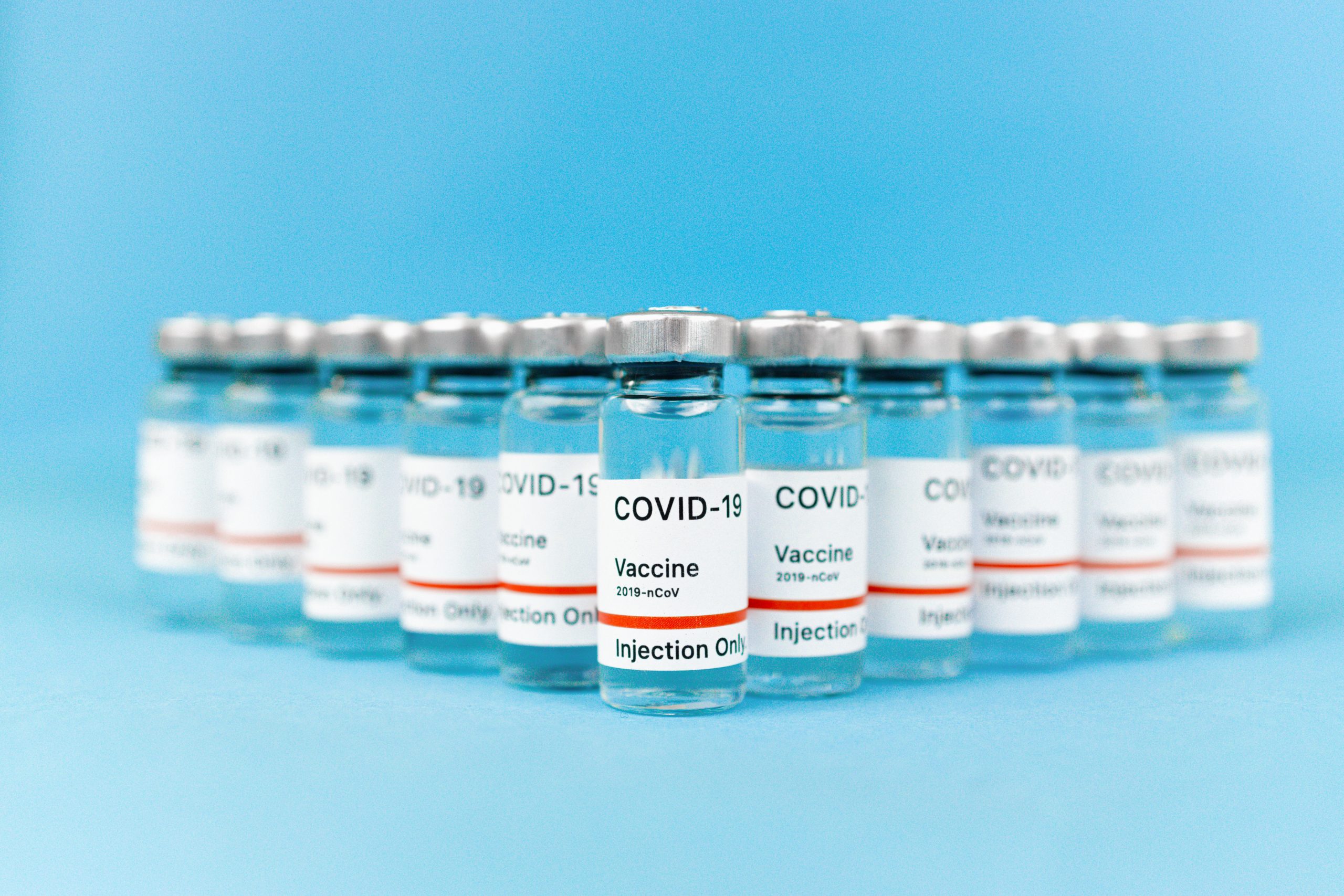
Research
Illegal Moat, Fragile Castle – A Look Into Coinbase’s Anticompetitive Practices
Key Points In June 2023, the SEC published a complaint against Coinbase, a centralized cryptocurrency exchange that controls 76% of the market, all...

In October 2017, the European Commission announced that it had carried out inspections on the largest German auto manufacturers (BMW, Daimler, Volkswagen, Audi and Porsche, known collectively as the “circle of five”), on suspicion that the auto manufacturers had colluded to slow the rollout of technologies related to petrol and diesel car emissions. These inspections prompted the commission to begin a new investigation a year later, in September 2018, into the longstanding technical meetings that took place between engineers and managers at these companies.
In early April of 2019, the European Commission sent a Statement of Objections to BMW, Daimler and Volkswagen related to the meetings.1 EU Commissioner Margrethe Vestager said in a press release that while cooperation between competitors to improve technology was entirely acceptable, “EU competition rules do not allow them to collude on exactly the opposite: not to improve their products, not to compete on quality. We are concerned that this is what happened in this case.”
In the statement of objections, the Commission has outlined concerns regarding two main technologies;2
Economists recognize that intra-industry cooperation in research and development can have procompetitive effects.3 When engineers are able to exchange ideas and discuss results, it can accelerate the rate of technological innovation and allow the creation of efficiency-enhancing standardization measures.
However, this same cooperation can also blend into collusion. According to antitrust theory, information exchange and transparency allow companies to monitor each other’s adherence to an agreement, and to coordinate production and pricing strategies to extract supracompetitive profits at the expense of consumers.4
In both cases, the circle of five’s technical meetings could have served, explicitly or implicitly, as a venue for the companies to monitor each other’s progress in implementing these technologies. Such monitoring is crucial for the functioning of a cartel.
Restricting competition on innovation would violate EU competition rules, which prohibit cartel agreements to limit or control production, markets or technical development.5 However, a collusive cartel to delay the implementation of emissions standards presents a challenge for modelling the financial harm suffered by consumers.
It is true that in a counterfactual world, in which the delay had not occurred, consumers would have been marketed more efficient vehicles. But it is very unlikely that they would have paid less for these counterfactual cars, meaning that a naive calculation of harm (what consumers paid versus what they would have paid), could very easily result in a negative damage figure. Nevertheless, real harm did occur, in that consumers lost out on having more technologically advanced vehicles available to them.
One potential approach to resolving the apparent contradiction discussed above comes from the damages calculation methodology adopted in defective product cases in the US.6 In such cases, plaintiffs’ experts looked at the resale value of phones in the secondary market in order to determine the loss in value that results from a “defective” product. What a claimant in a hypothetical emissions case and a claimant in a defective product case have in common is that they have been harmed only in the impaired or reduced function of a specific component of the product they are consuming.
Estimating the value that consumers attach to a lower-emission vehicle could be derived using multivariable regression or option demand model with distinct variables for things like fuel efficiency, number of seats, horsepower, brand, class and transmission. Estimation of total price as a combination of these variables would give an indication of the incremental cash value that consumers place on each, including a coefficient for lower emissions.
Damages could therefore be calculated as the value that consumers would have realized, evaluated in terms of their own revealed preferences, but for the purported scheme to slow the EU’s emissions standards.
Another, more straightforward and less data-intensive route to quantification of lost consumer value may run through resale figures in the secondary automobile market. A comparison of the resale value of cars with and without the SCR/OPF systems would give a direct indication of their cash value. The reasoning here, assuming a cartel was active in restraining the rollout of the technology, is as follows:
The European Commission has not yet concluded that the circle of five colluded to hold the SCR and OPF technologies off the market. However, should such a decision emerge, plaintiff classes may find it challenging to present a plausible model of harm using conventional damage calculation techniques, given that the counterfactual world, paradoxically, may have had similar or even higher prices than the actual world.
The techniques discussed above, which approach damages in terms of a cash-denominated evaluation of lost consumer value, may represent a way around this problem. Fideres’s analysis and review of available sources suggests that a preliminary analyst might be possible using publicly available data.
1 http://europa.eu/rapid/press-release_IP-19-2008_en.htm
2 http://europa.eu/rapid/press-release_IP-19-2008_en.htm
3 http://www.oecd.org/competition/cartels/48379006.pdf
4 Ibid.
5 This prohibition is laid out in Article 101(1)(b) of the Treaty on the Functioning of the European Union and Article 53(1)(b) of the EEA Agreement
6 See, for instance, In re: Nexus 6p Products Liability Litigation or Christina Grace et al. v. Apple Inc.
Max joined Fideres in 2016. He has led the development and implementation of economic models for major collective actions in the US and the UK, contributing to litigation on a variety of topics. His reports and econometric work has been included in cases for conduct including, among others, the FX and LIBOR benchmark manipulation, digital market monopolisation by Apple and Amazon, and consumer claims against a cartel of US generic drug manufacturers, abuse of market power by large regional US hospital systems, restriction of the right to repair by John Deere, and the combined abuse of dominance by Visa and Mastercard in UK payment systems. Before joining Fideres, Max worked at the national laboratory in Los Alamos, New Mexico, as part of a team designing neural networks for applications in machine learning. Max holds an MSc in Economic History from the London School of Economics.

Key Points In June 2023, the SEC published a complaint against Coinbase, a centralized cryptocurrency exchange that controls 76% of the market, all...


Another accounting scandal, made in the UK.


No – It was the picture of fairness.


London: +44 20 3397 5160
New York: +1 646 992 8510
Rome: +39 06 8587 0405
Frankfurt: +49 61 7491 63000
Johannesburg: +27 11 568 9611
Madrid: +34 919 494 330